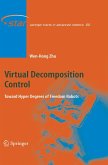
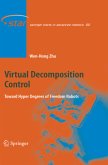
Broschiertes Buch
Toward Hyper Degrees of Freedom Robots
2010
4. Mai 2012
Springer / Springer Berlin Heidelberg / Springer, Berlin
978-3-642-26298-2
Ähnliche Artikel

eBook, PDF
10. Januar 2010
Springer Berlin Heidelberg

119,99 €**
49,99 €
**Preis der gedruckten Ausgabe (Gebundenes Buch)
Sofort per Download lieferbar
Versandkostenfrei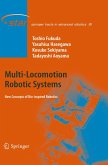

eBook, PDF
20. April 2015
Springer Berlin Heidelberg

eBook, PDF
7. April 2015
Springer Berlin Heidelberg

eBook, PDF
20. April 2015
Springer Berlin Heidelberg
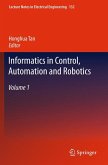
eBook, PDF
1. Februar 2012
Springer Berlin Heidelberg

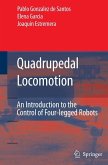

eBook, PDF
22. August 2012
Springer Berlin Heidelberg
Ähnlichkeitssuche: Fact®Finder von OMIKRON
